Tax Planning for S Auto Parts Company

Publicly available information on international tax cases in China is incredibly limited. If you browse the Tax Case Bulletin section on the State Taxation Administration’s website, you’ll find that most cases revolve around VAT refunds. However, on June 21, 2022, an article titled "After the Surge in Foreign Enterprise Related-Party Transactions..." published in the China Taxation News finally touched on the topic of international taxation. While the details are not as comprehensive as those disclosed in foreign cases, the case provides valuable insights for us to study and learn from.
The article discusses a wholly foreign-owned enterprise, S Auto Parts Manufacturing Company (hereafter referred to as S Company). Between 2012 and 2019, S Company transferred over 300 million RMB in profits to overseas related parties through related-party transactions. As a result, it was ultimately required to pay back 14.85 million RMB in corporate income tax and interest in accordance with the law.
Due to China’s relatively high tax burden, multinational companies often use various methods to shift part of their Chinese profits overseas, including purchasing and selling goods with foreign affiliates, providing services, obtaining loans, and transferring or using intangible assets. However, according to Article 41 of the Enterprise Income Tax Law, if related-party transactions between enterprises and their affiliates do not comply with the arm’s length principle and reduce the taxable income or profits of the enterprise or its affiliates, the tax authorities have the right to make adjustments using reasonable methods. Therefore, no matter what method a company uses to shift profits, it must ensure compliance with the arm’s length principle—commonly referred to as transfer pricing rules by tax experts. If not, any profits shifted overseas will be subject to special tax adjustments by the tax authorities, rendering the effort futile and resulting in interest penalties.
S Company operates as a single-function production entity, primarily fulfilling orders from overseas affiliates. All its products are sold to a domestic affiliate for centralized distribution. During its operations, S Company engaged in numerous related-party transactions with its affiliates, including the purchase and sale of goods, labor services, the transfer and use of intangible assets, and financial arrangements. Notably, over 85% of its material purchases were from related parties. As such, S Company is a textbook example of a company transferring profits through cross-border transactions, making its experience particularly instructive.
This case allows us to address four key questions:
- How can a company avoid being flagged by tax authorities for cross-border profit shifting?
- What should a company do after being identified by tax authorities?
- What happens after a tax authority conducts an anti-avoidance investigation?
- How do tax authorities adjust profits during anti-avoidance investigations?

